Figures & data
Figure 1. (Color online) (a) Experimental setup for measuring the angular dependence of the luminance of the backlight units with QD films that had different configurations. (b) Cross-sectional schematic figure of one of the four possible configurations, i.e. the QDG-LGP-QDR configuration.
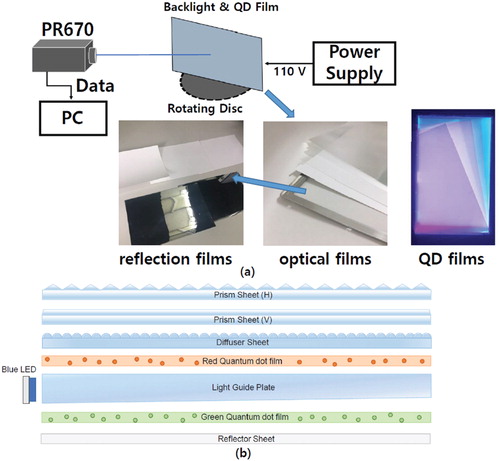
Table 1. Simulation conditions of the backlight components.
Table 2. Simulation conditions of QD films and LEDs.
Figure 2. (Color online) Angular dependence of the luminance of two backlight units with QD films with (a) a specular reflector (Specular 1) and (b) a diffuse reflector (Diffuse 2). Four different configurations were used for each case.
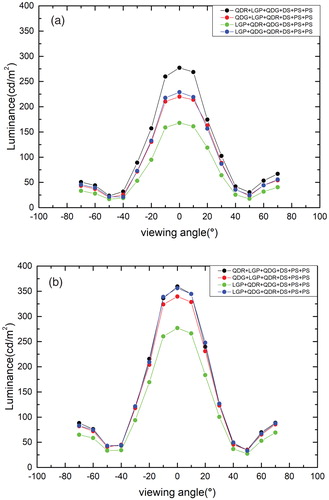
Figure 3. (Color online) Comparison of the on-axis luminance values of all the cases, i.e. the backlights with five reflectors and four configurations (Specular 1: Windmöller & Hölscher, Specular 2: 3M, Diffuse 1: embossed-type, Diffuse 2: default film in the notebook, and Diffuse 3: adhesive-type).
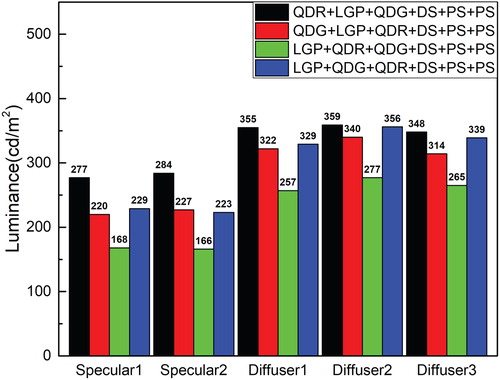
Figure 4. (Color online) Angular dependence of the color coordinates of two backlight units with QD films with (a) a specular reflector (Specular 1) and (b) a diffuse reflector (Diffuse 2). Four different configurations were used for each case.
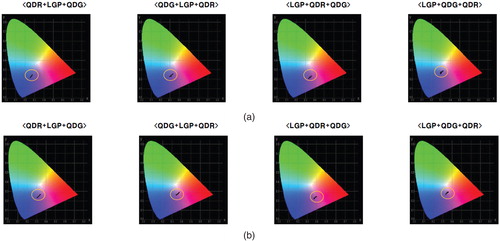
Table 3. Comparison of the average color coordinates and their standard deviations for the data shown in Figure .
Figure 5. (Color online) Angular dependence of the luminance of two backlight units with QD films with (a) a specular reflector and (b) a diffuse reflector obtained from optical simulation at the same reflectance of 95%. Four different configurations were used for each case.
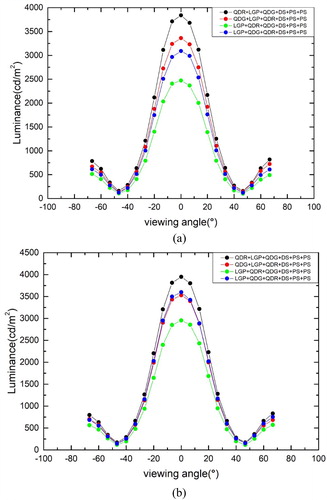
Figure 6. (Color online) (a) Dependence of the on-axis luminance on the reflectivity of the specular reflector in the backlight units with QD films obtained by simulation. (b) Comparison of the on-axis luminance values of the specular and diffuse reflectors for four configurations of backlight units with QD films obtained by simulation.

